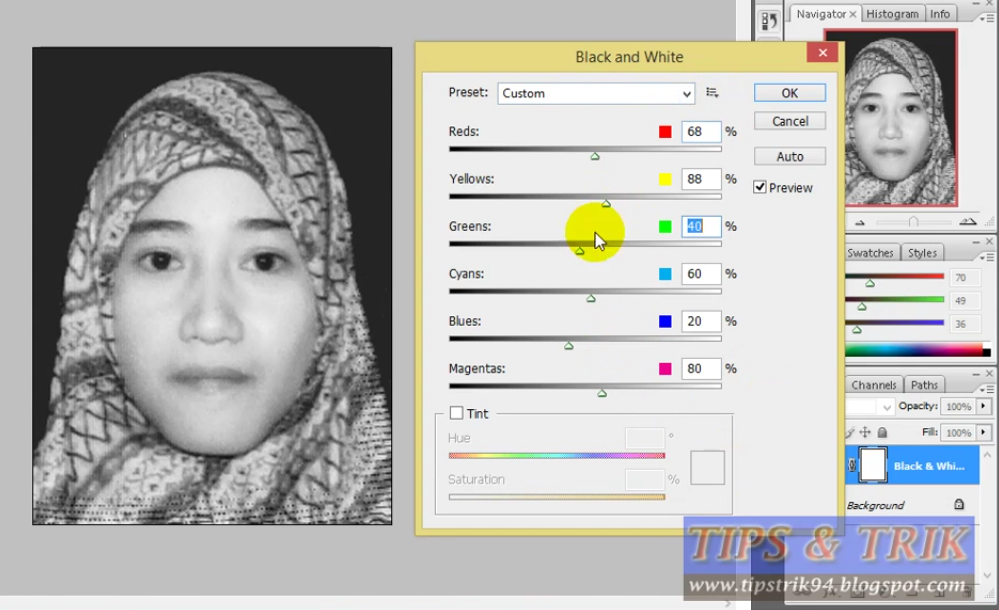Mastering the Art of Black and White Image Conversion

Ever wonder how a simple shift from vibrant hues to grayscale can dramatically alter a photo's impact? Transforming a color image into black and white, also known as monochrome conversion, isn't just about removing color. It's about revealing the soul of an image, highlighting textures, contrasts, and the interplay of light and shadow in ways color often obscures.
Converting color photos to black and white is a practice that stretches back to the very dawn of photography. The earliest photographs, by necessity, were monochromatic, capturing the world in shades of gray. This limitation, however, fostered a unique aesthetic, forcing photographers to focus on composition, form, and light. Even with the advent of color photography, the allure of black and white persisted, offering a timeless, classic appeal.
The process of turning color pictures into black and white images is more nuanced than it might seem. Simply desaturating a color image often results in a flat, lifeless result. True monochrome conversion involves careful consideration of tonal values, contrast adjustments, and sometimes even selective color manipulation before conversion to achieve the desired mood and impact.
The importance of skillful grayscale conversion lies in its ability to enhance an image's emotional impact. By stripping away distracting colors, the viewer's attention is drawn to the core elements of the photograph – the subject, the composition, and the story being told. A well-executed black and white conversion can evoke a sense of nostalgia, drama, or timelessness, depending on the subject and technique employed.
One of the main issues encountered when changing color pictures to black and white is the potential loss of detail. If the original image has subtle color variations that contribute to its depth and dimensionality, these nuances can be lost in a poorly executed conversion. This is why understanding the various methods and tools available for conversion is crucial for achieving optimal results.
Various software and apps, both basic and advanced, facilitate color to black and white conversion. Simple desaturation removes all color information equally. More sophisticated tools allow for channel mixing, where the red, green, and blue channels of the original image are adjusted individually before conversion, granting greater control over the final grayscale image.
Three key benefits of black and white conversion include: 1) Emphasizing texture and form: Without color to distract, the viewer’s eye is drawn to textures and shapes. 2) Creating a timeless aesthetic: Black and white images often have a classic, enduring quality. 3) Enhancing emotional impact: Monochrome can evoke a stronger emotional response by simplifying the image and focusing attention.
A simple action plan for effective conversion includes: analyzing the color image, choosing the right conversion method (desaturation, channel mixing, etc.), adjusting contrast and tonal values, and fine-tuning the final image. Examples of successful conversions can be found in the works of renowned photographers like Ansel Adams and Henri Cartier-Bresson.
Advantages and Disadvantages of Black and White Conversion
| Advantages | Disadvantages |
|---|---|
| Enhanced Mood and Drama | Potential Loss of Detail |
| Timeless Aesthetic | Not Suitable for All Images |
| Emphasis on Texture and Form | Requires Skill and Practice |
Five Best Practices: 1) Analyze the original image's color palette and tonal range. 2) Experiment with different conversion methods. 3) Adjust contrast and brightness carefully. 4) Use dodging and burning techniques for local adjustments. 5) Calibrate your monitor for accurate tonal representation.
Challenges include preserving detail in complex scenes and achieving the desired mood. Solutions involve advanced conversion techniques and careful post-processing.
FAQ: 1) What's the difference between desaturation and monochrome conversion? 2) What software is best for conversion? 3) How can I enhance contrast in black and white? 4) What is channel mixing? 5) How do I avoid losing detail? 6) What are dodging and burning? 7) Can I convert back to color? 8) How can I print black and white photos effectively?
Tips: Experiment with different software and techniques. Study the work of master black and white photographers. Practice consistently.
Converting color images to black and white is more than just a technical process; it's an art form. By mastering the techniques of monochrome conversion, you can unlock new levels of creativity and expression in your photography. The ability to transform a color image into a powerful black and white composition allows you to distill the essence of a scene, highlighting its emotional impact and revealing the story behind the pixels. Whether you are a seasoned photographer or just starting out, exploring the world of black and white photography can enrich your understanding of light, shadow, and the power of visual storytelling. So, grab your camera, experiment with different techniques, and discover the timeless beauty of monochrome.
Sherwin williams antique white cabinets a timeless kitchen choice
Gs 13 salary seattle understanding locality pay
The rise of south korean womens badminton













